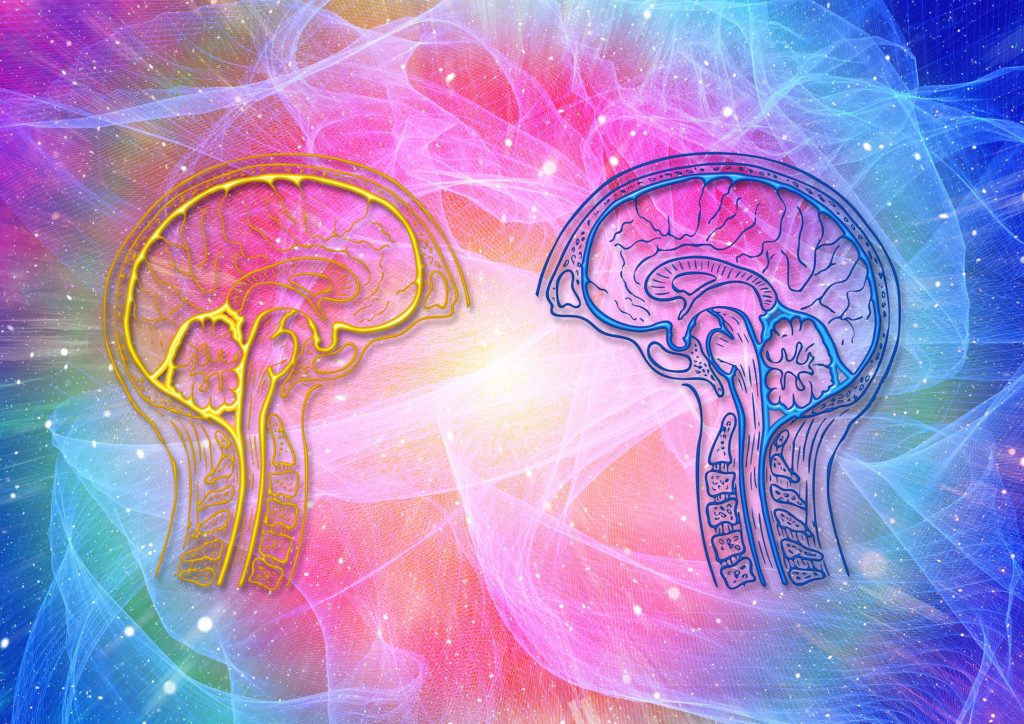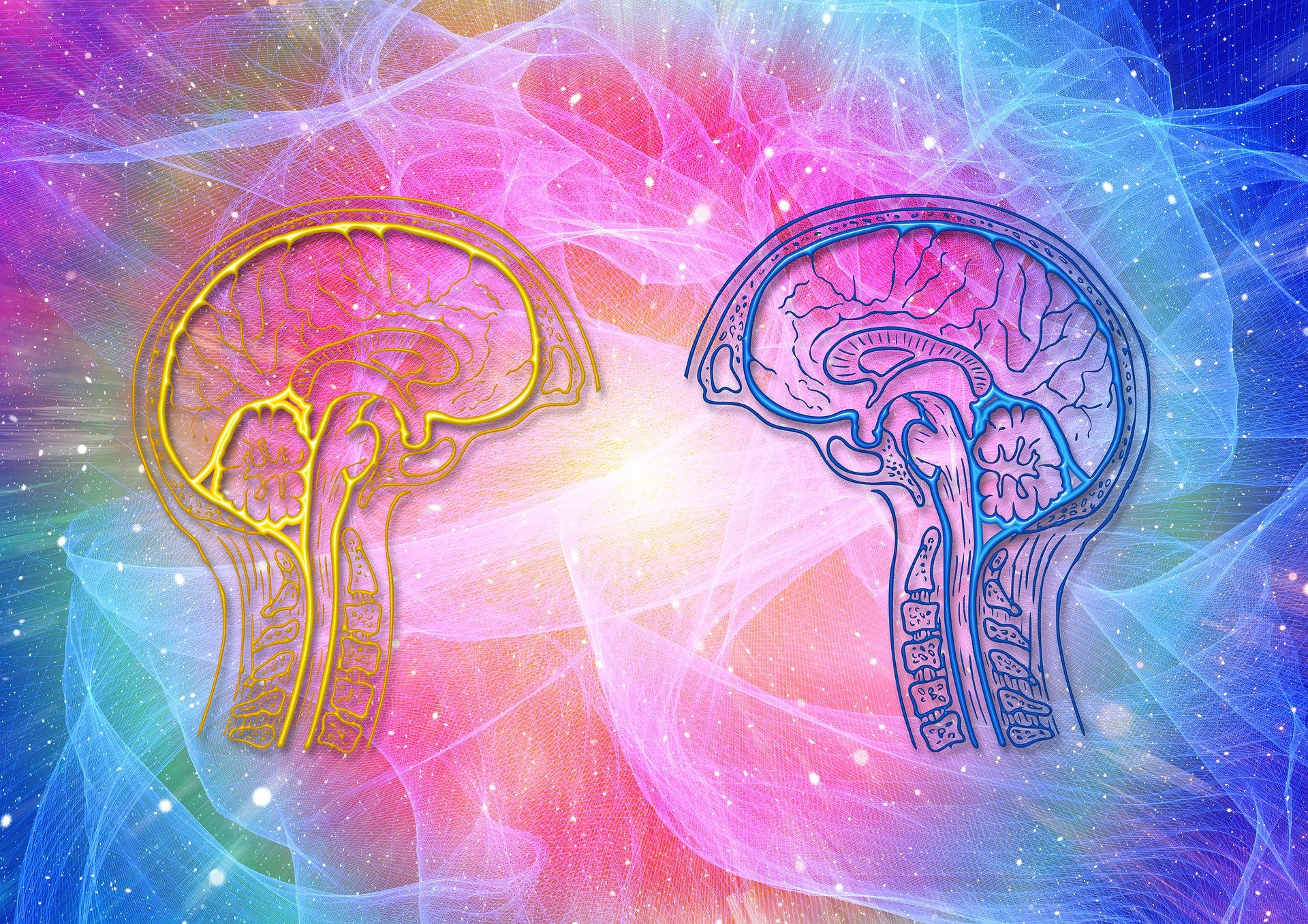Cracking The Brainwaves Code: Your Ultimate Discovery

Brainwaves are brainwave patterns that can be measured with an electroencephalograph, Information on the https://brainworksneurotherapy.com/ website tells us
Brainwaves are measured in hertz (Hz) and typically range from 0 to 100 Hz. Delta waves are at the low end of the frequency range, and they’re typically associated with sleep, deep meditation, and lack of movement.
Gamma brainwaves are at the high end of the frequency range, and they’re typically associated with alertness or heightened activity. Beta waves are also found in this frequency range, but they’re often seen when someone is anxious or stressed.
Brainwaves are detected using sensors placed on the scalp. They are divided into bandwidths to describe their functions (below) but should be thought of as a continuous spectrum of consciousness; from slow, loud, and functional – to fast, subtle, and
It’s useful to think of brainwaves as musical notes, with the lower frequency waves like a deep drum beat resonating through your body, while higher frequency waves are like a high-pitched flute you can barely hear.
You can feel the different frequencies of your brainwaves in different ways. When you do things like meditate or sleep, for instance, you spend more time in the lower highs. You can also experience these different levels of ‘brainwaves’ from what you’re doing and how you’re feeling – for example, when we are sleepy and low-key
Researchers have found that higher frequencies are dominant when we feel wired or hyper-alert. However, this is by no means a simple topic that can be summarized in just one sentence. The impact of each frequency depends on many factors – location, time of day, levels of stress, and so on.
Brainwave speed is measured in Hertz and divided into bands separated by slow, moderate, and fast waves.
Brainwaves – INFRA-LOW (<.5HZ)
Infra-low brainwaves (also known as Slow Cortical Potentials) are thought to be the basic cortical rhythms that underlie our higher brain functions. Very little is known about infra-low brainwaves. Their slow nature makes them difficult to detect and accurately measure, so few studies have been done. They appear to take a major role in brain timing and network function.
Brainwaves – DELTA WAVES (.5 TO 3 HZ)
Delta brainwaves are slow, loud brainwaves (low frequency and deeply penetrating, like a drumbeat). They are generated in deepest meditation and dreamless sleep. Delta waves suspend external awareness and are the source of empathy. Healing and regeneration are stimulated in this state, and that is why deep restorative sleep is so essential to the healing process.
Brainwaves – THETA WAVES (3 TO 8 HZ)
Theta brainwaves occur most often in sleep but are also dominant in deep meditation. Theta is our gateway to learning, memory, and intuition. In theta, our senses are withdrawn from the external world and focused on signals originating from within. It is that twilight state that we normally only experience fleetingly as we wake or drift off to sleep. In theta, we are in a dream; with vivid imagery, intuition, and information beyond our normal conscious awareness. It’s where we hold our ‘stuff’, our fears, troubled history, and nightmares.
Brainwaves – ALPHA WAVES (8 TO 12 HZ)
Alpha brainwaves are dominant during quietly flowing thoughts and in some meditative states. Alpha is ‘the power of now, being here, in the present. Alpha is the resting state of the brain. Alpha waves aid overall mental coordination, calmness, alertness, mind/body integration, and learning.
Brainwaves – BETA WAVES (12 TO 38 HZ)
Beta brainwaves dominate our normal waking state of consciousness when attention is directed toward cognitive tasks and the outside world. Beta is a ‘fast’ activity, present when we are alert, attentive, engaged in problem-solving, judgment, decision-making, or focused mental activity.
Beta brainwaves are further divided into three bands; Lo-Beta (Beta1, 12-15Hz) can be thought of as a ‘fast idle, or musing. Beta (Beta2, 15-22Hz) is a high engagement or actively figuring something out. Hi-Beta (Beta3, 22-38Hz) is a highly complex thought, integrating new experiences, high anxiety, or excitement. Continual high-frequency processing is not a very efficient way to run the brain, as it takes a tremendous amount of energy.
Brainwaves – GAMMA WAVES (38 TO 42 HZ)
Gamma brainwaves are the fastest of brain waves (high frequency, like a flute), and relate to the simultaneous processing of information from different brain areas. Gamma brainwaves pass information rapidly and quietly. In the most subtle of the brainwave frequencies, the mind has to be quiet to access gamma.
Gamma was dismissed as ‘spare brain noise’ until researchers discovered it was highly active when in states of universal love, altruism, and the ‘higher virtues. Gamma is also above the frequency of neuronal firing, so how it is generated remains a mystery. It is speculated that gamma rhythms modulate perception and consciousness and that a greater presence of gamma relates to expanded consciousness and spiritual emergence.
WHAT DO BRAINWAVES MEAN TO YOU
Our brainwave profile and our daily experience of the world are inseparable. When our brainwaves are out of balance, there will be corresponding problems in our emotional or neuro-physical health. Research has identified brainwave patterns associated with all sorts of emotional and neurological conditions. more…
Over-arousal in certain brain areas is linked with anxiety disorders, sleep problems, nightmares, hyper-vigilance, impulsive behavior, anger/aggression, agitated depression, chronic nerve pain, and spasticity. Under-arousal in certain brain areas leads to some types of depression, attention deficit, chronic pain, and insomnia. A combination of under-arousal and over-arousal is seen in cases of anxiety, depression, and ADHD. more…
Instabilities in brain rhythms correlate with tics, obsessive-compulsive disorder, aggressive behavior, rage, bruxism, panic attacks, bipolar disorder, migraines, narcolepsy, epilepsy, sleep apnea, vertigo, tinnitus, anorexia/bulimia, PMT, diabetes, hypoglycemia, and explosive behavior. more…
ALTERING YOUR BRAINWAVES
By the rule of thumb, any process that changes your perception changes your brainwaves. Chemical interventions such as medications or recreational drugs are the most common methods to alter brain function;
however, brainwave training is our method of choice. Over the long term, traditional Eastern methods (such as meditation and yoga, sound frequencies, or binaural beats train your brainwaves into balance. Of the newer methods, brainwave entrainment is an easy, low-cost method to temporarily alter your brainwave state. If you are trying to solve a particular difficulty or fine-tune your brainwave function, state-of-the-art brain training methods like neurofeedback and PEMF deliver targeted, quick, and lasting results.
Information on the https://brainworksneurotherapy.com/ website…








